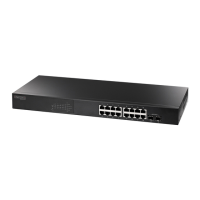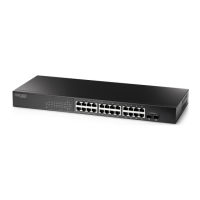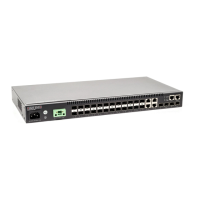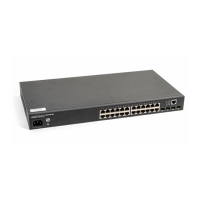Chapter 50
| IP Routing Commands
Border Gateway Protocol (BGPv4)
– 1131 –
neighbor route-map This command specifies the route mapping policy for inbound/outbound routing
updates for specified neighbors. Use the no form to remove this policy binding.
Syntax
neighbor {ip-address | group-name} route-map map-name {in | out}
no neighbor {ip-address | group-name} route-map {in | out}
ip-address – IP address of a neighbor.
group-name – A BGP peer group containing a list of neighboring routers
configured with the neighbor peer-group command.
map-name – Name of the route map. The route map can be used to filter
the networks to advertise or receive based on various attributes.
(Range: 1-128 characters)
in – Filter inbound routing updates.
out – Filter outbound routing updates.
Command Mode
Router Configuration
Default Setting
No route maps are configured nor bound to any neighbor.
Command Usage
◆ First, use route-map command to create a route map, and the match and set
commands to configure the route attributes to act upon. Then use this
command to specify neighbors to which the route map is applied.
◆ If the specified route map does not exist, all input/output route updates will be
filtered.
Example
Console(config-router)#neighbor 10.1.1.64 route-map RD in
Console(config-router)#
neighbor
route-reflector-client
This command configures this router as a route reflector and the specified neighbor
as its client. Use the no form to disable route reflection for the specified neighbor.
Syntax
[no] neighbor {ip-address | group-name} route-reflector-client
ip-address – IP address of a neighbor.
group-name – A BGP peer group containing a list of neighboring routers
configured with the neighbor peer-group command.
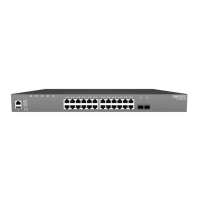
